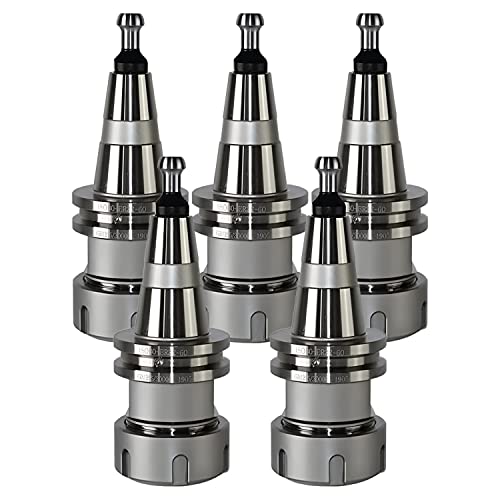Niels Abildgaard
Well-Known Member
- Joined
- Jun 13, 2010
- Messages
- 568
- Reaction score
- 107
Lohring
First picture is exhaust side.Very much car technology.Two slide bearings and divided conrod foot.Thrust bearing standard ball bearing.Lots of oil everywhere and some is cooling underside of piston.
Next picture is inlet side where crankcase pumping is part of scavenging system.Standard thrust ball bearing and a big roller bearing on crank disc.
Diameter 200 mm more or less and 2400 rpm gives a dn number of 480000.
Accepted value for steel rollers 600000 and 2000000 for ceramic rollers.


First picture is exhaust side.Very much car technology.Two slide bearings and divided conrod foot.Thrust bearing standard ball bearing.Lots of oil everywhere and some is cooling underside of piston.
Next picture is inlet side where crankcase pumping is part of scavenging system.Standard thrust ball bearing and a big roller bearing on crank disc.
Diameter 200 mm more or less and 2400 rpm gives a dn number of 480000.
Accepted value for steel rollers 600000 and 2000000 for ceramic rollers.










































![TurboCAD 2020 Designer [PC Download]](https://m.media-amazon.com/images/I/51UKfAHH1LL._SL500_.jpg)











![MeshMagic 3D Free 3D Modeling Software [Download]](https://m.media-amazon.com/images/I/B1U+p8ewjGS._SL500_.png)





![DreamPlan Home Design and Landscaping Software Free for Windows [PC Download]](https://m.media-amazon.com/images/I/51kvZH2dVLL._SL500_.jpg)















